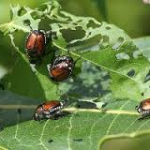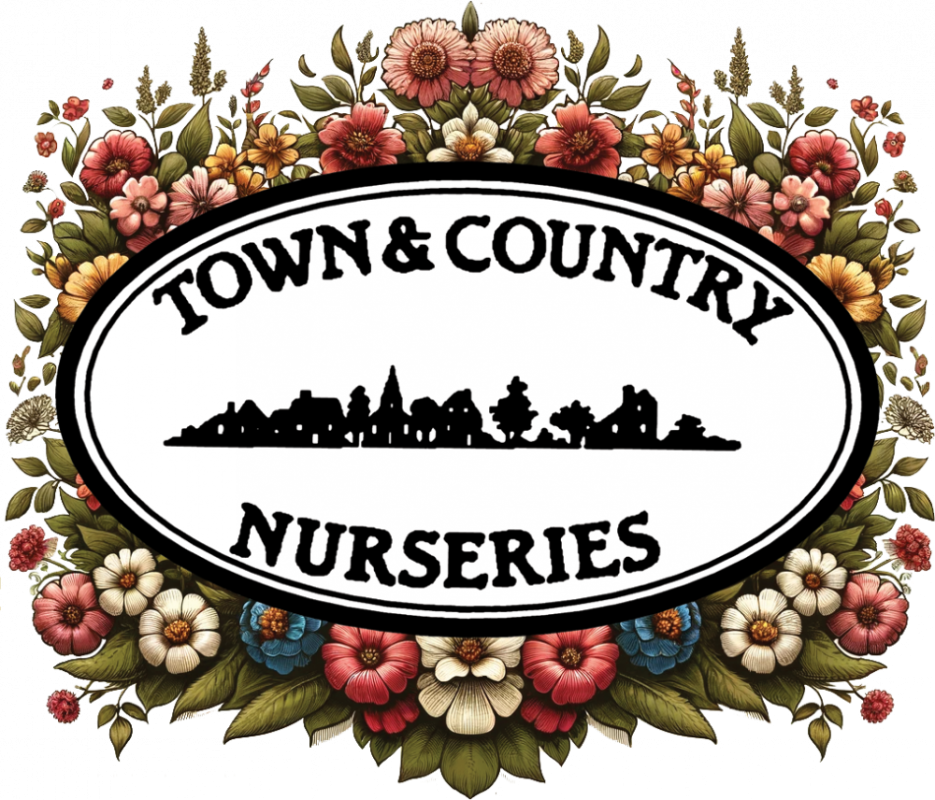 Most of us can agree that we hate bugs, especially the ones eating our prized plants. There are so many insects in our garden, where some may be beneficial others are very harmful. This article will look at the most common household and garden pests that you may face this year. It will discuss how to identify them and control them.
Most of us can agree that we hate bugs, especially the ones eating our prized plants. There are so many insects in our garden, where some may be beneficial others are very harmful. This article will look at the most common household and garden pests that you may face this year. It will discuss how to identify them and control them.
The most important thing about treating pests, is identification!
The earlier the better. It’s also important to remember to always read product labels before applying the product. If you have a insect or damage you can not ID bring it in. We Can Help!
APHIDS:
Aphids feed on new growth and the underside of the leaves of most edible and ornamental plants. Aphid color varies depending on the host plant and should not be used for identification. Aphids are less than 1/10″ long but since they are in a cluster they are easy to see. They cause direct injury by removing plant fluids. Also they produce a  clear sticky white material referred to as honeydew and is a good growing medium for black sooty mold fungi.
clear sticky white material referred to as honeydew and is a good growing medium for black sooty mold fungi.
Control: Avoid over watering and fertilizing. Aphids are attracted to and feed on plants receiving excess amounts of nitrogen due to overfertilizing. Weed removal eliminates aphids breeding grounds. Be sure to rotate insecticides with different modes of action in order to avoid resistance.
Products To Use
Bayer 12 Month Tree & Shrub Protect and Feed, Eight, Ortho Systemic Insect Killer, Safer BioNeem, Bonide Insecticidal Soap
WHITEFLIES
 Whiteflies feed in large numbers by sucking out plant juices from the leaves and stems of many plants. Some plants include tomatoes, cucumbers, lettuce, flowers, shrubs and trees. Whiteflies secrete a sticky white substance called honeydew which may cause the growth of a sooty black fungus on leaves.
Whiteflies feed in large numbers by sucking out plant juices from the leaves and stems of many plants. Some plants include tomatoes, cucumbers, lettuce, flowers, shrubs and trees. Whiteflies secrete a sticky white substance called honeydew which may cause the growth of a sooty black fungus on leaves.
Products to Use: Bayer 12 Month Tree & Shrub Protect, Ultra Fine Oil, Eight, Bonide Insecticidal Soap, All Seasons Spray Oil
SPIDER MITE
Spider mites feed on a variety of plants from spring to early fall. They feed on the leaf undersides reducing chlorophyll content and the plants ability to photosynthesize. Damaged leaves appear to have small silvery-gray to yellowish speckles. Turn affected leaves over and there will be spider mite webbing. Houseplants are a favorite target.
 Control Methods: Avoid overfertlizing plants. Be sure to keep your plants well watered and rinse off the plant frequently. Use an insecticidal soap or horticultural oil covering the undersides thoroughly.
Control Methods: Avoid overfertlizing plants. Be sure to keep your plants well watered and rinse off the plant frequently. Use an insecticidal soap or horticultural oil covering the undersides thoroughly.
Products to Use:Ortho Systemic Insect Killer, Eight, Boinde Mite X, Ultra Fine Oil, BonNeem Insecticidal Soap, Bayer 12 Month Feed and Protect
MEALYBUGS
Mealybugs are found in clusters on the undersides of leaves, and clumped in the forks and branches of the plant. Some host plants include apples, peaches, magnolias and  many houseplants. Mealybugs feed on the plant fluids causing leaf yellowing and plant wilting and stunting. They also excrete a sticky clear liquid called honeydew. Mealybugs are less than 1/16″ long and are oval in shape. In non freezing regions mealybugs appear all year but in colder climates there could be 2-3 generations per year.
many houseplants. Mealybugs feed on the plant fluids causing leaf yellowing and plant wilting and stunting. They also excrete a sticky clear liquid called honeydew. Mealybugs are less than 1/16″ long and are oval in shape. In non freezing regions mealybugs appear all year but in colder climates there could be 2-3 generations per year.
Control: Adult mealybugs are hard to control because of they form a waxy protective coating. Also most insecticides have no activity on eggs, at least two to three applications within a week may be necessary to control the mealybugs. Thorough plant converge is very important when using contact insecticides. Adding a spreader-sticker is a great way to insure complete coverage and penetration. Just read the directions to make sure you able to use a spreader-sticker.
Products To Use:
Bon Neem Insecticidal Soap, Eight, All Seasons Spray Oil, & Ortho Systemic Insect Killer
SLUGS
 Slugs are found in moist temperate climates. They are gray to black or brown and soft-bodied. Slugs feed on just about every plant especially young tender transplants, and leafy vegetables. They are mostly active at night and in wet weather.
Slugs are found in moist temperate climates. They are gray to black or brown and soft-bodied. Slugs feed on just about every plant especially young tender transplants, and leafy vegetables. They are mostly active at night and in wet weather.
Control: Handpick and destroy them as you encounter them. You can also fill cups with beer and sink them into the soil to trap them. Also poisonous iron phosphate baits are very helpful.
Products To Use: Sluggo Plus and Ortho Bug-Geta Snail & Slug Killer
THRIPS
Thrips feed on a wide range of plants including asparagus, cabbage, lettuce, onions, peas, and fruit, and shade trees. They can prevent rose buds from opening and certain thrips can spread viruses to tomatoes and impatiens Thrips prefer to feed on new growth of plants. You may not see the tiny pests but you may notice signs of the them. Some signs include black, shiny speckles (droppings), silvery stippling (masses of tiny discolored scars on plant parts), or deformed growth in severe cases.
 Control: Keep plants well watered and weed between your plants. Thrips thrive in certain weeds, particularly with yellow flowers. Natural enemies can keep thrips populations below damaging levels. Conserve natural enemies by reducing pesticide use. Dormant oil is useful in control for fruit trees.
Control: Keep plants well watered and weed between your plants. Thrips thrive in certain weeds, particularly with yellow flowers. Natural enemies can keep thrips populations below damaging levels. Conserve natural enemies by reducing pesticide use. Dormant oil is useful in control for fruit trees.
Product To Use:
All Season Horticultural Spray Oil, Bonide Pyrethrins, Captain Jack, Eight, Bonide Mite X, and Ortho Systemic Insect Killer
CATERPILLARS
Caterpillars can be found eating on a variety of plants. Some include tomatoes, cucumbers, and apple trees. They can create all types of damage from eating the leaf to putting holes in leaves, boring into tree trunks, or feeding on the leaf surfaces.
 Control: One easy way to control caterpillars is picking them off the plant and putting them in soapy water. Another option is using a insecticidal soap or Bt. (Bacillus thuringiensis)
Control: One easy way to control caterpillars is picking them off the plant and putting them in soapy water. Another option is using a insecticidal soap or Bt. (Bacillus thuringiensis)
Products To Use: Eight, Captain Jacks, Bon-Neem Insecticidal Soap
SCALE
 Different types of scale insects attack various types of ornamentals and fruit plants. They attach themselves to branches, twigs and the undersides of leaves as small bumps. Leaves on infected plants turn yellow and overall the plants life declines. It is important to ID type of scale for control.
Different types of scale insects attack various types of ornamentals and fruit plants. They attach themselves to branches, twigs and the undersides of leaves as small bumps. Leaves on infected plants turn yellow and overall the plants life declines. It is important to ID type of scale for control.
Control: If you catch the problem early, pruning infected branches is often the easiest and surest solution. You can apply horticultural oil. Also one or two applications of dormant oils should be applied to suppress established overwintering populations.
Product To Use: All Seasons Horticultural Oil
